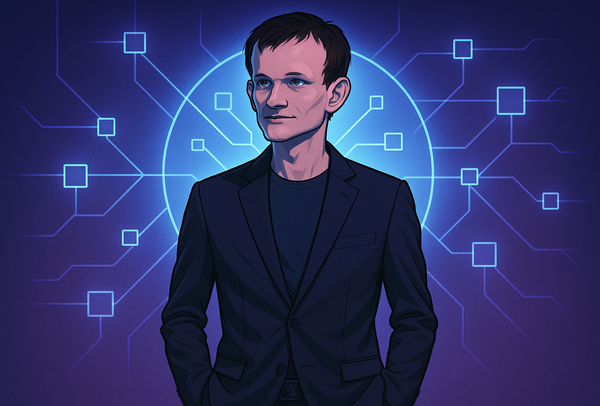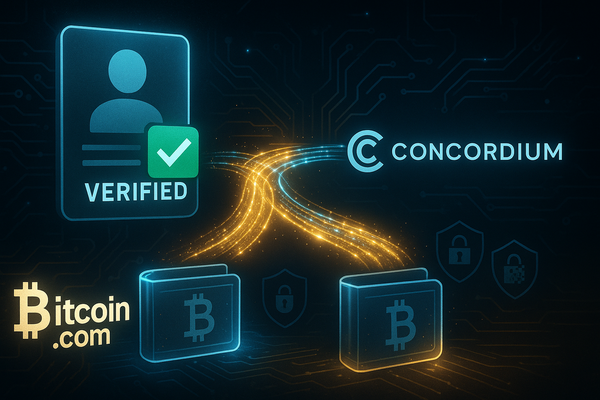The Great Decentralization Lie, and Why We Still Fall for It
The idea of decentralization has fueled crypto’s biggest promises, yet most of Web3 still runs on centralized infrastructure. The recent AWS outage revealed how fragile that illusion is. Are we building a decentralized future, or just rebranding the old one?

For years, decentralization has been the heartbeat of the crypto industry, a promise of a world free from centralized control, opaque intermediaries, and single points of failure. But every so often, an event happens that shakes that belief to its core. The recent AWS outage was one of those moments, unmasking the uncomfortable truth about the so-called “decentralized” ecosystem: it’s not as decentralized as we think.
When Amazon Web Services, the backbone of much of the internet, went down, several major blockchain services and dApps suffered downtime, connectivity failures, and operational disruptions. It was a wake-up call for a community that prides itself on censorship resistance and autonomy. If a supposedly decentralized Web3 infrastructure can be crippled by a single cloud provider’s failure, then we have to ask, how decentralized are we really?
The uncomfortable reality is that much of Web3 still runs on Web2 infrastructure. Behind the polished front of decentralization lies an ecosystem deeply dependent on centralized hosting, APIs, and validators controlled by a handful of entities. From Infura and Alchemy handling Ethereum nodes to major exchanges depending on centralized databases, the truth is that blockchain networks are only as decentralized as their weakest link. And often, that weakest link is the infrastructure they sit on.
Ethereum, long considered the most secure and trusted smart contract platform, remains the go-to choice for builders due to its maturity and reliability. Yet even Ethereum isn’t immune to this irony. A significant number of validators are hosted on Amazon, Google Cloud, or similar centralized environments. This creates systemic risks that contradict the very ethos of blockchain technology, resilience, neutrality, and censorship resistance.
The deeper issue isn’t just technical; it’s philosophical. True decentralization isn’t easy to achieve because it’s inherently inefficient, expensive, and slow to scale. Builders often prioritize speed, cost, and user experience, which pushes them back toward centralized solutions. When faced with the trade-off between idealism and practicality, most projects quietly compromise, choosing what works over what’s pure.
So, why do we keep falling for the decentralization narrative? Because the dream of a fair, trustless system is compelling. It appeals to our belief in freedom, equality, and technological evolution. But the market incentives rarely align with that ideal. Venture capital, for instance, thrives on control and return on investment, two things true decentralization threatens. The result? A pseudo-decentralized ecosystem where decentralization is marketed, not manifested.
Achieving true decentralization requires more than running nodes on multiple servers. It means distributing power, not just computing power, but governance, decision-making, and control over critical infrastructure. It means funding projects that prioritize resilience over speed, transparency over convenience, and open-source collaboration over corporate dominance.
We also need better incentives for decentralized infrastructure. Projects like Filecoin, Arweave, and Akash Network are trying to address the cloud dependency problem, but adoption remains limited. Users and developers alike need to support these solutions, not just when it’s trendy, but as a foundational principle of the ecosystem they claim to believe in.
Ultimately, decentralization isn’t a switch we flip. It’s a spectrum, and right now, we’re far closer to the centralized end than we care to admit. The AWS outage wasn’t just a temporary glitch; it was a mirror held up to an industry still trapped between its ideals and its realities.
If Web3 truly wants to evolve into a decentralized future, it must stop outsourcing its foundations to centralized giants. Because as long as we keep building “decentralized” systems on centralized infrastructure, we’re only living in the illusion of freedom, not the reality of it.




